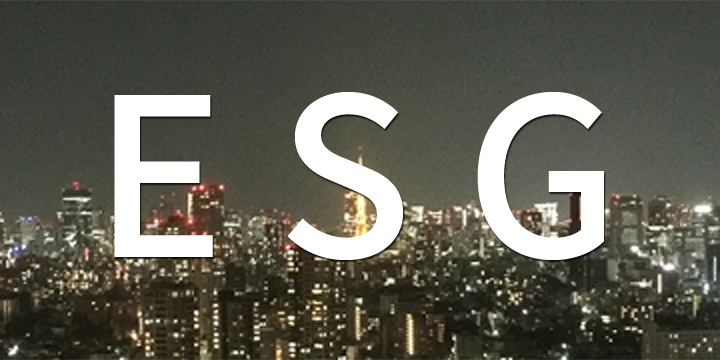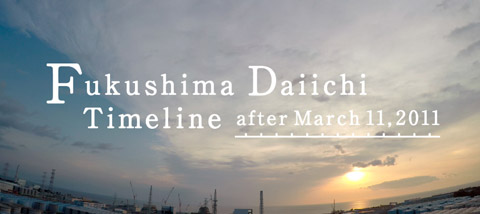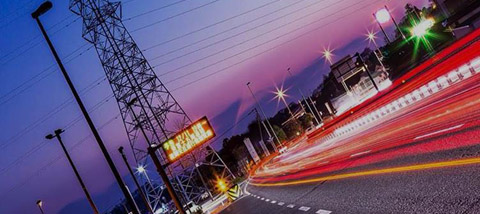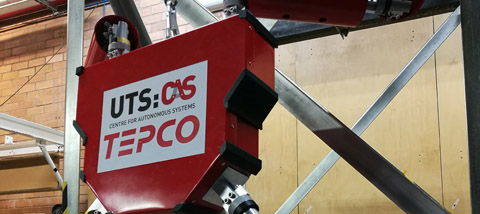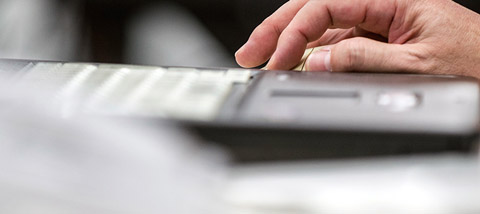On the day of the earthquake, many activities were in progress at the power station. When the earthquake struck at 14:46 on March 11, 2011, the vibration lasted a long time and the intense shaking caused ceiling panels to dislodge; shelves toppled over; items slid off the shelves and desks and chairs were scattered into disarray. After the vibration ceased, employees evacuated to a nearby parking space, a designated evacuation location next to the Seismic Isolated Building.
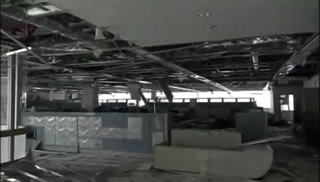
Picture 22. Main Office Building
(Photographed on May 6, 2011)
Emergency Response Center that was to take command of the whole power station, was promptly set up at the Seismic Isolated Building. This building was located away from the Main Office Building where routine office work was done. The Seismic Isolated Building is a seismically isolated building which was built in response to the 2007 Niigataken Chuetsu-oki Earthquake.
At 15:27, the first tsunami struck, followed by the second tsunami at 15:35
The alarm and status indicators started blinking and then went out all at once at the Main Control Room, the room where operations and monitoring were conducted (Units 1 and 2).
Employees who gathered to recover the station (recovery team) brought portable power generators and temporary lights into the Main Control Room where the lights had gone out. They prepared the necessary drawings to restore the measuring instruments and collected batteries and cables from the other contractor companies on the station site. Even after temporary lighting had been installed in the Main Control Room, the rear side of the control panel, namely the working field, remained dark due to the poor reach of the temporary lighting. However, using flashlights, the working teams checked the wiring diagram for cable numbers and connected and treated the cable ends in accordance with the wiring diagram.
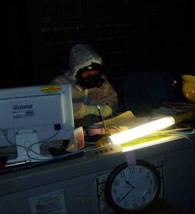
Photo 23. Working with a temporary light at the vice shift supervisor seat (Extracted from the report* )
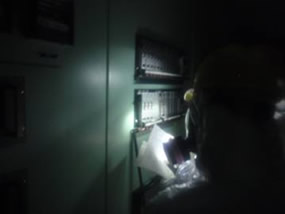
Photo 24. Checking indication valves using flashlights
(Photographed on March 23, 2011)
The monitoring of the station was conducted in a gradual fashion as the instruments and lighting were recovered in a gradual fashion. Meanwhile, the working teams continued on with their recovery work in darkness with limited communication lines amid aftershocks and blaring tsunami alarms.
Many of the employees had not had the opportunity to communicate with their family members. Off-duty employees one by one also hurriedly rushed to the Power Station.
<Electric Power Recovery>
Electricity was crucial to power the necessary equipment. Right after the accident, all efforts were made to recover electric power supply. First, electricity power was restored to important facilities used to inject water into the reactors.
Working in dark places, water puddles, and nearby power supply panels involved the risk of electric shock. Thus, when an employee found himself working inside of a water puddle, as he could not place his tools (flashlight etc.) on the ground, another employee had to temporarily hold them for him and light the area.
From midnight on March 11, power supply cars that had been sent by the TEPCO branch offices and Tohoku Electric Power began arriving at the station. Electricity power recovery was done by these cars. Off-site power and the lights of the main control rooms of all units were recovered by March 29.
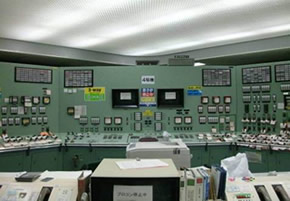
Picture 25. Restored lighting in main control room (Unit 4)
(Pictured on March 29, 2011)
<PCV venting and water injection>
The Operators at the Main Control Room took out the operations manual and reviewed the venting operations for those cases where no power supply was available. Due to the increase of radiation dose on the night of the March 11, as much as possible, equipment for preventing radiation exposure including full-face masks, fireproof coats, self-contained breathing apparatus, APDs, survey meters and the necessary number of flashlights were collected for the venting operations.
The operators at the Main Control Room were organized into three teams, each consisting of two operators. This was because a solo operator's capabilities would be extremely restricted by the total darkness; the working field was expected to have high radiation doses; and teams may have been forced to return back to the main control room in the event of aftershocks. In addition, no communication line was available at the work site. In the case of an emergency, there was the possibility that any rescue attempt would have been to no avail. With this in mind, only one of the three teams engaged in the work at a time. When the team returned to the Main Control Room, another team left the building for the work site. While selecting members, some young operators volunteered. However, given the situation of possible high radiation and the high degree of uncertainty of the situation, dispatching young operators was deemed unsuitable. Thus, the shift supervisor and deputy shift supervisors were assigned to these teams (Unit 1).
At that time, the working environment was severe due to high radiation dose levels, hot and humid, and was in complete darkness due to the loss of the power source for lighting. There were times when an operator stepped on something to inspect the open/close condition of a vent valve and his boots melted (Unit 3).
As the end result, we are concluding that the 'PCV venting' efforts succeeded for Units 1 and 3 as we have confirmed the PCV's pressure decrease. However, we have not confirmed that the pressure had decreased for Unit 2 by the 'PCV venting'.
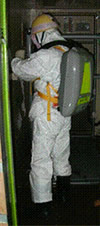
Photo 26. self-contained breathing apparatus
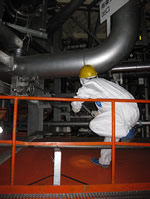
Photo 27. Image of the S/C vent valve inspection work (Pictured on December 1, 2011)
*When the operator stepped on the orange part, his boots melted.
Meanwhile, in a severe environment involving venting operations, the station operators were working to open the motor-operated valves manually to complete setting up an alternative line of water injection into the reactor.
Water was injected into the reactor from the fire engines at the outside of the buildings. Fire engines were originally deployed to put out fires in light of the lessons learned from the Niigataken Chuetsu-oki Earthquake, but this time, they were used for the water injection into the reactors.
On March 12, at 15:36, an explosion occurred at Unit 1. While the employees and the contracted workers who were engaged in the water injection work were outside the vehicle to refuel the fire engine, there was a loud bang. The members fell down in surprise. When they looked up, debris was spreading all over the sky and then descending. Workers moved near the tank besides the nearby building to shelter themselves from the flying debris. They walked away from the spot carrying a worker with them who was unable to stand up due to the shock incurred from the explosion.
Explosions occurred at Unit 3 on March 14 and at Unit 4 on March 15. Later on, the work progressed to restore the damaged parts of those hoses allowing for the resumption of water injection into the reactors.
Also, as for spent fuel pools, at first, organizations such as the Japan Self-Defense Forces stepped in to spray water with helicopters and water-cannon vehicles. Finally, by March 22, at the Unit 4 spent fuel pool, injection commenced using a concrete pumping vehicle. This operation was conducted by first confirming the water injection location.
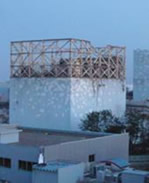
Photo 28. Reactor building of Unit 1 after the explosion
(Photographed on March 12, 2011)
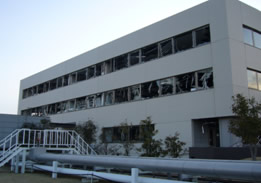
Photo 29. Main office building with shattered windows in the blast
(Photographed on March 19, 2011)
First action of Fukushima Daiichi Nuclear Power Station Accident (December 22, 2011)








